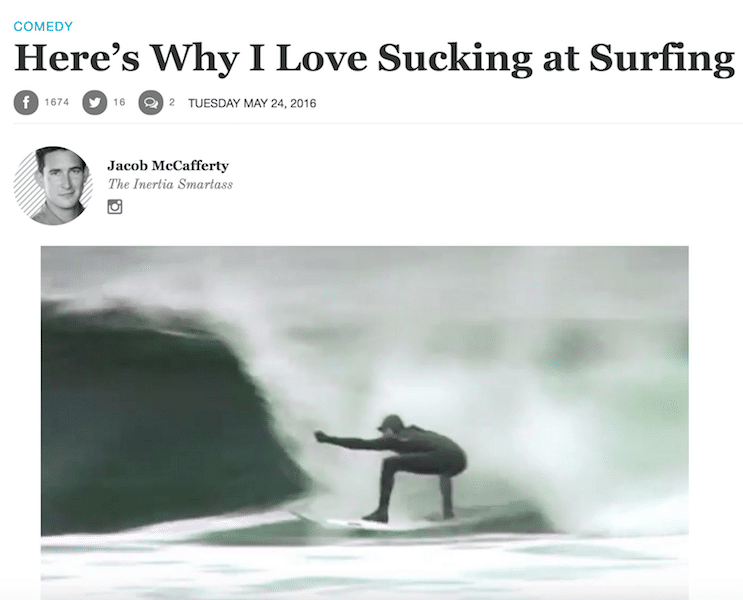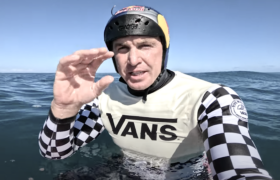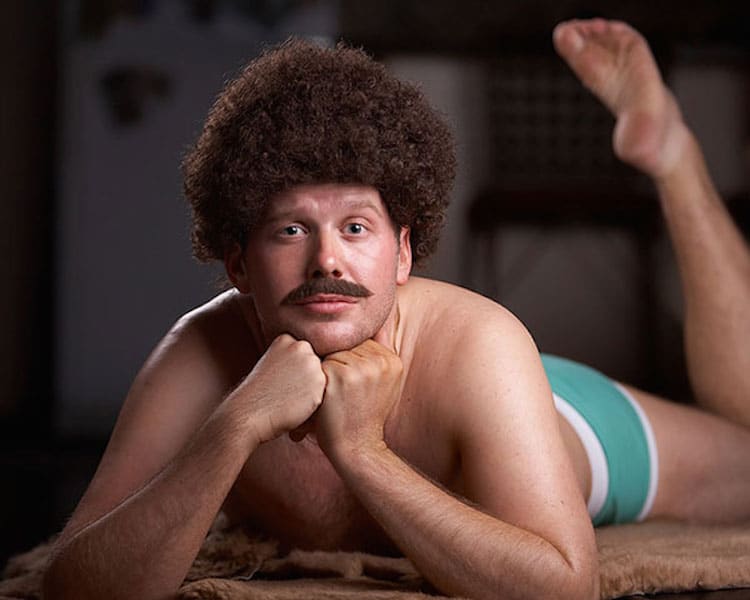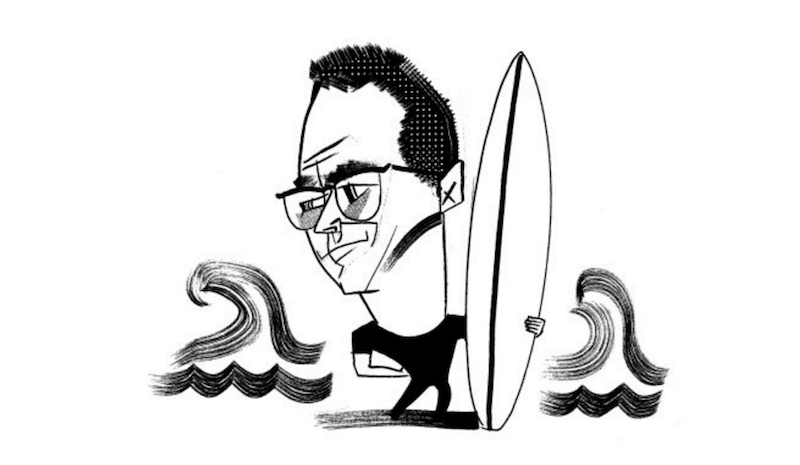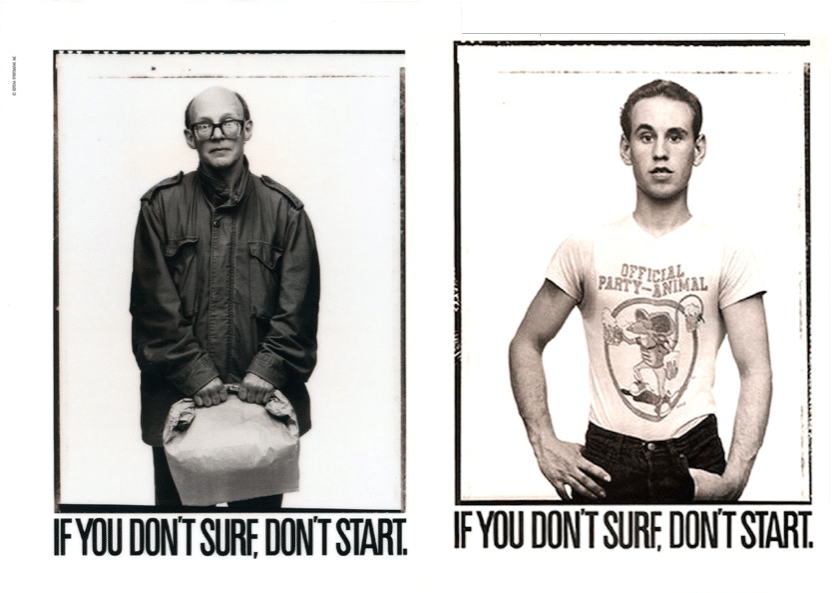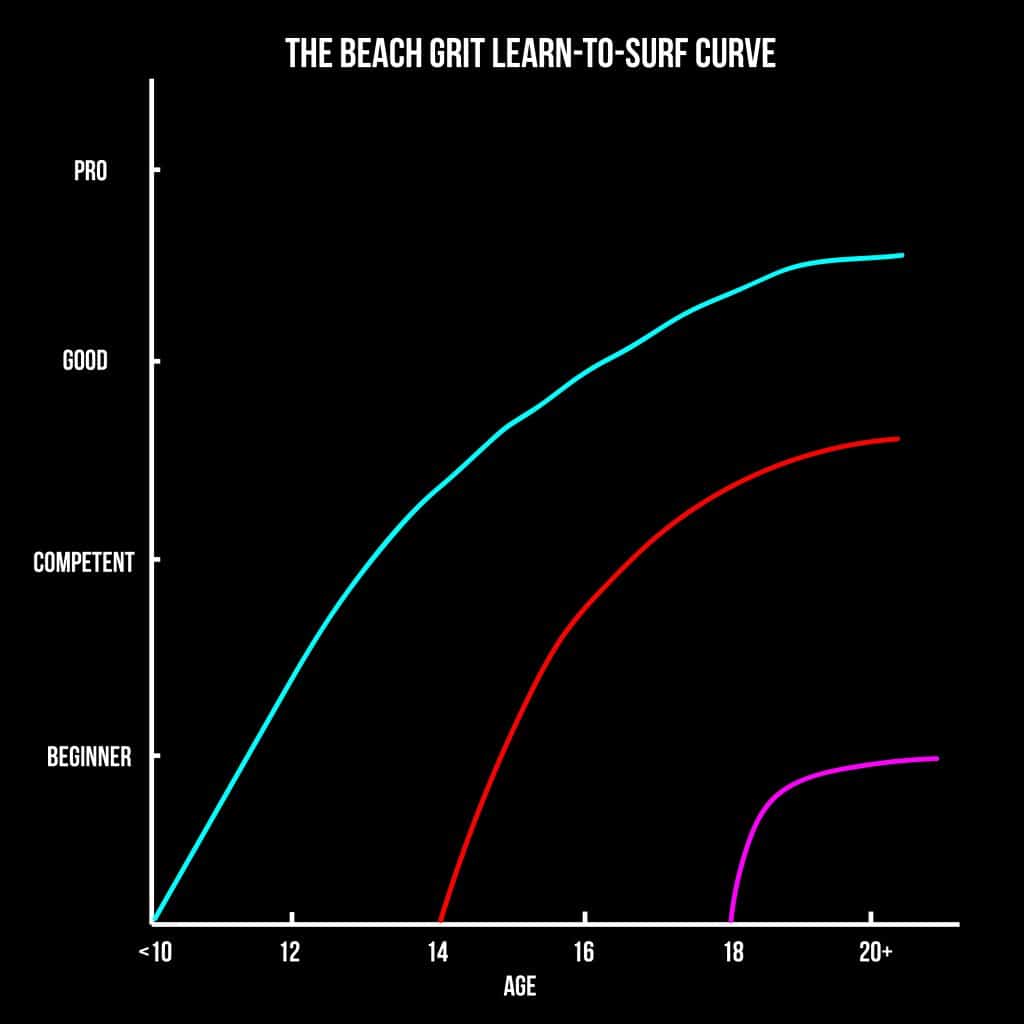Being a racial minority is the tits. Everything is different!
Orange County, California, is a nightmarish honky hell-hole. McMansions, Republicans, luxury vehicles, surf industry stooges and spoiled narcissist c-level wannabe pros. I’d rather eat a bullet than spend a minute there.
The surf generally sucks. Decent swell floods the lineups with home school halfwits who’ve put more thought into sticker placement than general social decency.
It’s a racist place. I know that. Have written about it many times. No in-your-face, “go home nigger,” blatancy. Just social constructs built upon economic inequality that effectively function as a means to keep certain areas properly white.
Surfing and racism go hand in hand. Because it’s a generally white sport and generally white things tend to be generally racist. And boring. White people are so boring. Give me cultural exchange. Fuck this Borg-esque assimilate or die bullshit.
I wrote about the subject about a year ago. The impetus an article on The Inertia by a lovely woman named Julia Olsen. It made the internet very upset. Ugly people with ugly thoughts don’t like having a mirror held before them. Makes it harder to maintain the nonsense rhetoric they use to perpetuate their self image as open minded progressives who prefer to eschew political correctness.
Our piece got eaten during a server change, so I’ll just grab a quick excerpt of Ms Olsen’s words, rather than link to the entire thing.
One thing that does surprise me a little bit is how many pejorative comments I get about being a liberal. Until writing these articles I had always envisioned surfers as being a fairly liberal community but the comments I received showed me that a lot of the surf crowd is on the more conservative side. The cries of “race baiter” just reinforce aims to be “colorblind” which in theory would mean that race is no longer a distinguishing factor in society, but in reality is really just code for “I don’t want to talk about race.”
I just find it very interesting that it makes people so viscerally angry. I see a lot of posts on the Inertia that I think are stupid or that I don’t agree with and I usually just scroll past them, but something about racial discussions makes people feel personally offended.
It’s interesting also when people say “I have a Black friend so I can’t be racist” or “I saw a Black guy surfing once so surfing isn’t an exclusive sport.” like the existence of one exception overrules the overwhelming trends and practices that say otherwise.
It’s one of the many thing that I love about living in Hawaii. Being a racial minority is the tits. Everything is different. Viewpoints, culture, norms and mores. I’ve had to adapt my approach to others. A very positive experience, all told.
My only real problem is that people raised in Hawaii don’t typically possess a finely honed sense of sarcasm. Which I occasionally forget, and which often causes awkwardness. But that’s on me.
Last week The Guardian chimed in on the subject of Orange County racism. Very relevant to surf, bit of a wave slide industry ghetto within that county’s borders.
I missed it, but a reader was kind enough to send me a link this morning.
It’s begins beautifully.
It was another sun-kissed afternoon in Huntington Beach this week, the seafront a playground. Surfers skimmed the waves. Volleyballers leaped and shrieked. Sunbathers splayed on the sand. Families paraded the boardwalk.
Almost everyone had brown skin, though really they were white, just with tans. Those with permanent brown skin, Latinos, were mostly miles inland, on the other side of the 405 freeway.
Picks up steam further down the page.
Orange County, a cluster of cities and freeways tucked between Los Angeles and San Diego, is known for being white and politically conservative. California’s Republican bastion, it helped launch Richard Nixon and Ronald Reagan, who called it the place “where all the good Republicans go to die”.
It led the state’s crackdown on illegal immigration in the 1990s. A sub-group of neo-Nazi surfers acquired notoriety for daubing swastikas on boards. The Real Housewives of Orange County, a reality TV show, has bolstered the impression of a white enclave.
Then delivers a delicious coup de grâce.
Many residents, Lacayo found, have split the county between the relatively diverse north and the whiter south, with freeways “functioning as a Mason-Dixon line”. People made intentional decisions to keep it so, she wrote. “Most respondents admit that they made a conscious choice to live in overwhelmingly white neighborhoods, and far away specifically from Latinos.”
Examples included a 42-year-old repo company owner named Mark. “Hispanics, they just don’t fit in,” he told the researchers. “The Mexicans go to the beach, and I don’t know why they always swim in their clothes … They have a wet dirty blanket and they’ll drag it, and they’ll stop on the boardwalk. They’ll just stop there. And it’s like: ‘Get out of the way. How stupid are you?’”
In an interview this week, Lacayo said whites used parking fees, homeowner association rules and gated communities to deter unwanted visitors and settlers, even middle-class Latinos. They resisted the transport of Latino children to white-majority schools and expressed willingness to withdraw their children from integrated schools.
Those interviewed by the Guardian on the boardwalk – a very unscientific sample of teenagers, fortysomethings and pensioners – bristled at any suggestion of prejudice. “It’s not segregation. We all get on. It’s just that people are more comfortable with their own culture,” said one 15-year-old girl.
It’s a gorgeous article. Worth your time. Most especially if you’re a surfer. Even moreso if you live in the area.
Because you can swear up and down you’re not racist, but if you’re white and you surf you most likely are. Maybe just a little bit. Maybe a lot. Maybe you’re posting Trump stuff on Facebook while claiming, “I just hate their culture. I have no problem with their skin tone.”
As Ms Olsen put it last year, during our email exchange:
It’s interesting also when people say “I have a Black friend so I can’t be racist” or “I saw a Black guy surfing once so surfing isn’t an exclusive sport.” like the existence of one exception overrules the overwhelming trends and practices that say otherwise.
